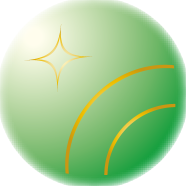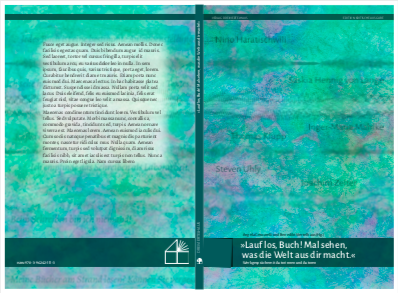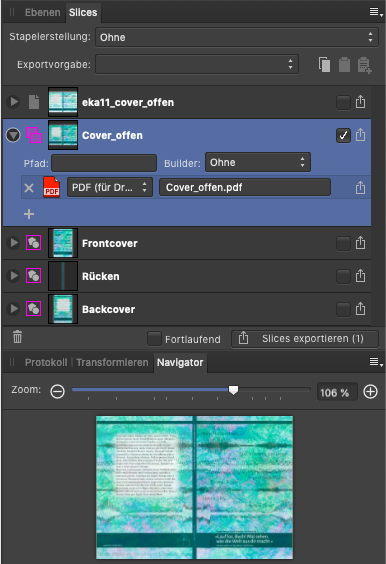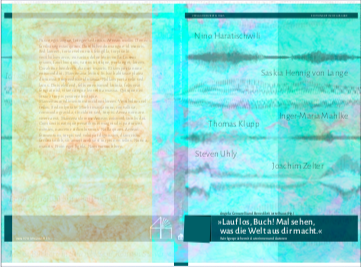-
Posts
32 -
Joined
-
Last visited
Contact Methods
-
Website URL
www.fiee.net
Profile Information
-
Gender
Not Telling
-
Location
Germany
Recent Profile Visitors
The recent visitors block is disabled and is not being shown to other users.
-
 fiëé reacted to a post in a topic:
An answer to "Can Affinity Photo Run in WINE on Linux?"
fiëé reacted to a post in a topic:
An answer to "Can Affinity Photo Run in WINE on Linux?"
-

Support Colour Fonts
fiëé replied to prochurchmedia's topic in Feedback for Affinity Publisher V1 on Desktop
Did you maybe read about it on SAFEnet? Their CLI had a `cat` command that got extended by `dog` for sniffing metadata etc. Otherwise, color fonts are nice, and it’s a pity they don’t completely work in Affinity, but I can understand if they’re not a big priority. Some only show up in black, with “Liebe Heide”, the apps even crash. -
 Helmar reacted to a post in a topic:
Wrong Typographical Quotes
Helmar reacted to a post in a topic:
Wrong Typographical Quotes
-
A technical solution would be if we could assign color spaces to swatches, i.e.: Do I want a device independent (profiled) color or a device dependent (unprofiled, CMYK or RGB “numbers“) color? In my latest project I wanted a lot of elements to be 100% cyan, regardless of output intent or other profile. I’m still hoping that it did work, keeping everything in ISO Coated profile. If the printshop would convert to a different CMYK profile (like SWOP or ISO Uncoated), they would convert my Cyan to some CMYK value, so that everything gets rasterized. On the other hand, I’d like to keep the “look” of RGB graphics. *And* I’d like to be able to convert RGB black to 100% K. The current state of greyscale pictures (even from AP) is that they are always handled as DeviceGray, i.e. device dependent color space, and get rasterized in CMYK instead of just K! (At least that is what Acrobat’s separation preview shows; I hope the printshop will do better.)
-
 A_B_C reacted to a post in a topic:
Workaround for font problem with placed PDFs
A_B_C reacted to a post in a topic:
Workaround for font problem with placed PDFs
-
Thank you, I thought there was a good Mac installer around, but didn’t remember where. As a known name in the TeX community I’m sure we can trust Richard Koch. (I still prefer the command line way, since I use a lot of “ports” anyway and can update all of them automatically.)
-
Yes it is. A workaround for a deficiency of all Affinity products. Doesn’t make sense to complain about that in this thread, there are several others on the subject.
-
 fde101 reacted to a post in a topic:
Footnotes/Endnotes
fde101 reacted to a post in a topic:
Footnotes/Endnotes
-

Footnotes/Endnotes
fiëé replied to garrettm30's topic in Feedback for Affinity Publisher V1 on Desktop
In LaTeX they are, but with the coffins package you can get creative. In ConTeXt tables are mostly fun, see “natural tables”. OT, EOT -

Footnotes/Endnotes
fiëé replied to garrettm30's topic in Feedback for Affinity Publisher V1 on Desktop
I’m not completely serious, you know. But I like to remind people that there are alternatives. (Of course you can also try Scribus – I don’t like it.) I’m here because I need a layout program for, well, layouts that are too “visual” for TeX. But every time I did a book in QXP or ID and it needed “scientific“ stuff like footnotes or indexes I longed for TeX, because that’s where it excels. It’s no fun to do image placement in TeX. -

Footnotes/Endnotes
fiëé replied to garrettm30's topic in Feedback for Affinity Publisher V1 on Desktop
TeX! (LaTeX or ConTeXt, the latter is easier for people thinking in layout terms.) It’s free, but has a steep learning curve. I’m typesetting most of my books (science/humanities, fiction, architecture, children’s, proceedings) with it since 20 years. -
 Patrick Connor reacted to a post in a topic:
Footnotes/Endnotes
Patrick Connor reacted to a post in a topic:
Footnotes/Endnotes
-
 A_B_C reacted to a post in a topic:
Workaround for font problem with placed PDFs
A_B_C reacted to a post in a topic:
Workaround for font problem with placed PDFs
-
 A_B_C reacted to a post in a topic:
Workaround for font problem with placed PDFs
A_B_C reacted to a post in a topic:
Workaround for font problem with placed PDFs
-
If you want to reduce the quality of your data, then you’re free to render to a fixed resolution. It’s better to keep vectors as such, then the output device will use its maximum resolution. GIF is nonsense anyway, it’s an outdated, RGB device dependend color palet format. Good enough for the web, but not for print. If you want to render, then at least use PNG. Inkscape also needs the fonts installed, you gain nothing in comparison to AD. (In my limited experience, AD interprets PDFs better than Inkscape.)
-
No, that’s not the problem. Of course I tried different PDF options. At least PDF/X-4 is able to handle transparency. Back and front cover have the same layers with mostly the same settings (the background group of the back layer has reduced opacity). If I export single artboards, all is well, even in “simpler” PDF versions. The background uses two images (a yellow structure and a mostly turquoise structure that is set to “hue”), both are bigger than the page. It looks like one image from the back overlays spine and front up to the visible line, while probably the other image from the front overlays the back, i.e. the artboards interfere in exporting the combined slice. EDIT: If I properly crop those images, it gets better. I didn’t previously because I couldn’t see the overlapping parts. After cropping the background images, the export shows all the other elements that exceed the page. I hoped the artboards would take care of that. Ok, cleaned up: The artboards still add additional bleed. Need to experiment if I can find a way to avoid that...
-
You can’t avoid getting your hands dirty on the command line (Terminal.app). You can read on the websites of HomeBrew and MacPorts how to install them. Which one you use is a matter of taste, please don’t anyone start a flame war! I’m used to MacPorts; HomeBrew users please help with that. You need Apple’s development environment Xcode, you can install it via AppStore (or make a free account on developer.apple.com and download it there, as MacPorts suggests). You’ll never start that app yourself, but it contains the necessary compilers etc. that let Ports or Brew build programs from sources. Xcode is a huge download, after it’s completed you can install the necessary command line programs and confirm the license. Open Terminal.app and type/copy these lines into its window (don’t forget to hit Return after each line): xcode-select --install xcodebuild -license Then you download the pkg/dmg for your macOS version from https://www.macports.org/install.php and install it. This installs the basics for using MacPorts, but no programs that you can use. First update the list of ports (packages), again in Terminal: sudo port -v selfupdate (You should run that every month or so if you want to stay up to date.) “sudo” means “superuser do“, i.e. “execute as administrator”, you need to enter your account password to proceed. (And it means the whole thing won’t work if you don’t have an admin account, e.g. in a company, then whine at your admin until they yield and install that stuff for you.) If that worked, you’re set to finally install what you wanted: sudo ports install ghostscript This will download the sources, compile them and install ghostscript in /opt/local/bin/. To check that, call which gs That should answer with “/opt/local/bin/gs”. If it doesn’t, close your Terminal window, open a new one and try again. Still doesn’t work? Then you can call gs with the full path (i.e. “/opt/local/bin/gs”) or add the path to your PATH variable (that determines where bash, that’s the “shell” running in Terminal, looks for commands/programs): echo "export PATH=/opt/local/bin:$PATH" >> ~/.bash_profile A lot of hassle for a single program, but MacPorts as well as HomeBrew offer a lot of tools and fun stuff, mostly ported from Linux or *BSD, that you might like. That’s a tad off topic here... It’s probably easier to enter “ghostscript macos download” into your favourite search engine and choose one of the sites that offer free downloads. I don’t know which you can or should trust.
-
Ah, finally got it – you need to use the export button in the slices panel, not the general export (menu entry). And with selecting you meant the checkboxes, not the highlighting of active slices. But the result is still not what I wanted/expected: Some layers and their transparency settings get mixed up. Is this a bug or to be expected?
-
Ah, thank you! I didn’t really look for it. (In TeX I use it often while in layout programs I can mostly use just another frame to put something at the bottom.)
-
fiëé changed their profile photo
-

Find frames with overflowing text
fiëé replied to John Fleet's topic in Feedback for Affinity Publisher V1 on Desktop
The only text on my master page is a page number, and its frame is big enough. Might try the beta, thanks for the hint.




